These oversize bee sculptures help us see what’s really there
For Charmaine Lurch, rewilding starts with paying attention to the natural world around us – and learning how to listen.


One of Toronto artist Charmaine Lurch’s first memories of being aware of the natural environment is from her childhood in Jamaica.
“I was in a water-filled valley area and I must have been really young, because I’m carried on my uncle’s back,” she says. “We’re in the water. There’s a cliff or a hill, and everything’s green. And the quality of light on the plants below and above the water set in my mind.”
It’s a moment that opened her mind to always noting the quality of light and plants, she adds, and this environmental consciousness that emerged at such a young age has not left her to this day. “I think that still resonates in my work and me,” she says. “It helps me to notice those things.”
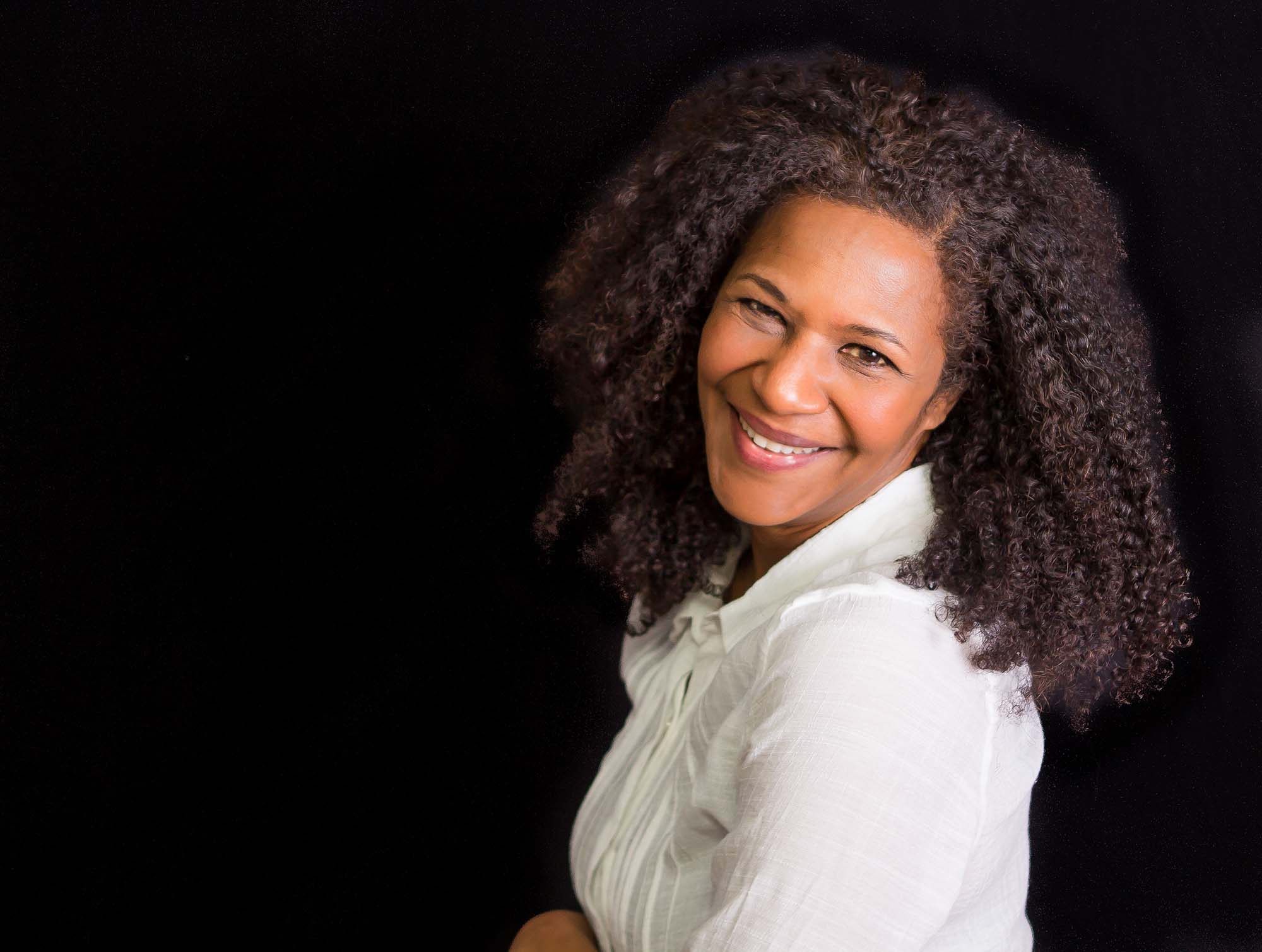
Lurch’s work explores human-environment interactions from a Black woman’s perspective. As someone who was quiet and shy, she says, she started making as a way to have a voice. “I can’t pinpoint the transition or evolution because it became a part of me,” she says. “People thought I was a daydreamer, but I listened to other voices around me, and gathered information that way.”
I tell her, over coffee at an East African coffee shop in Toronto, that I want to talk to her (again) about her bees. Lurch’s evocative bee sculptures, made from wire and yarn, are airy and captivating, much-larger-than-life representations of these fascinating creatures. She models them on images received from renowned melittologist Laurence Packer of York University.
After constructing the wire frame, Lurch invites community members to help wrap them in yarn, adding colour, personality and a sense of identity to each bee. During these wrapping sessions, she teaches some of what she knows about these insects: That contrary to popular belief, many are solitary creatures. That they come in all sizes, shapes and colours, from the shiny dark blue of blue orchard bees to the green or red of sweat bees. That honeybees are only one out of numerous iterations of these essential pollinators.
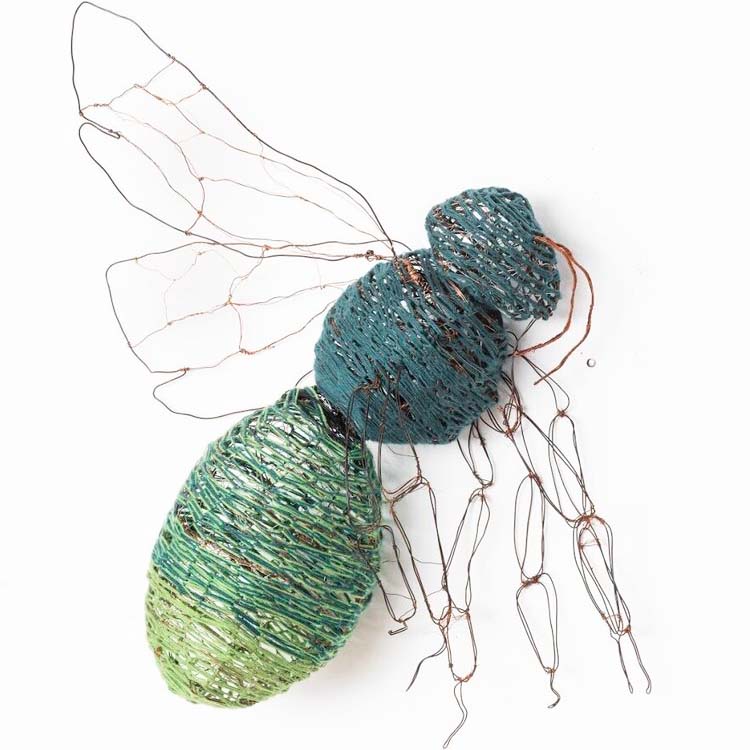
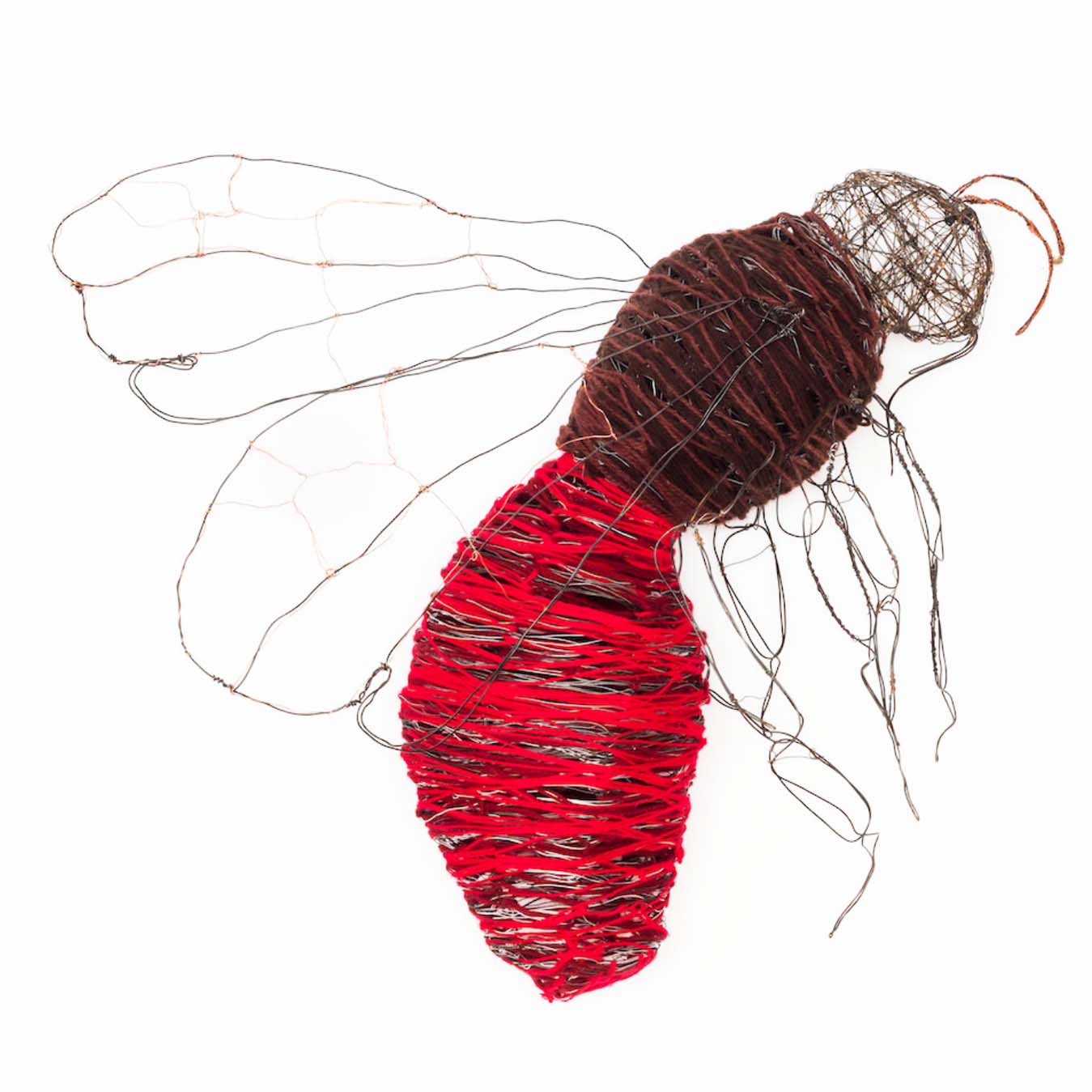
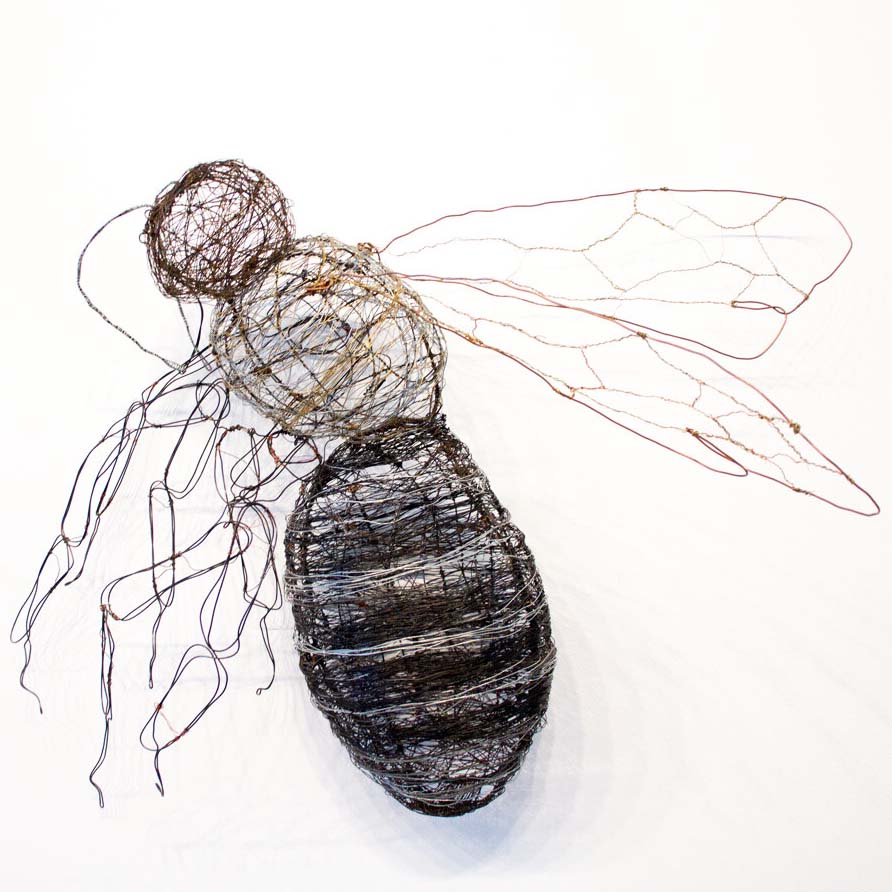
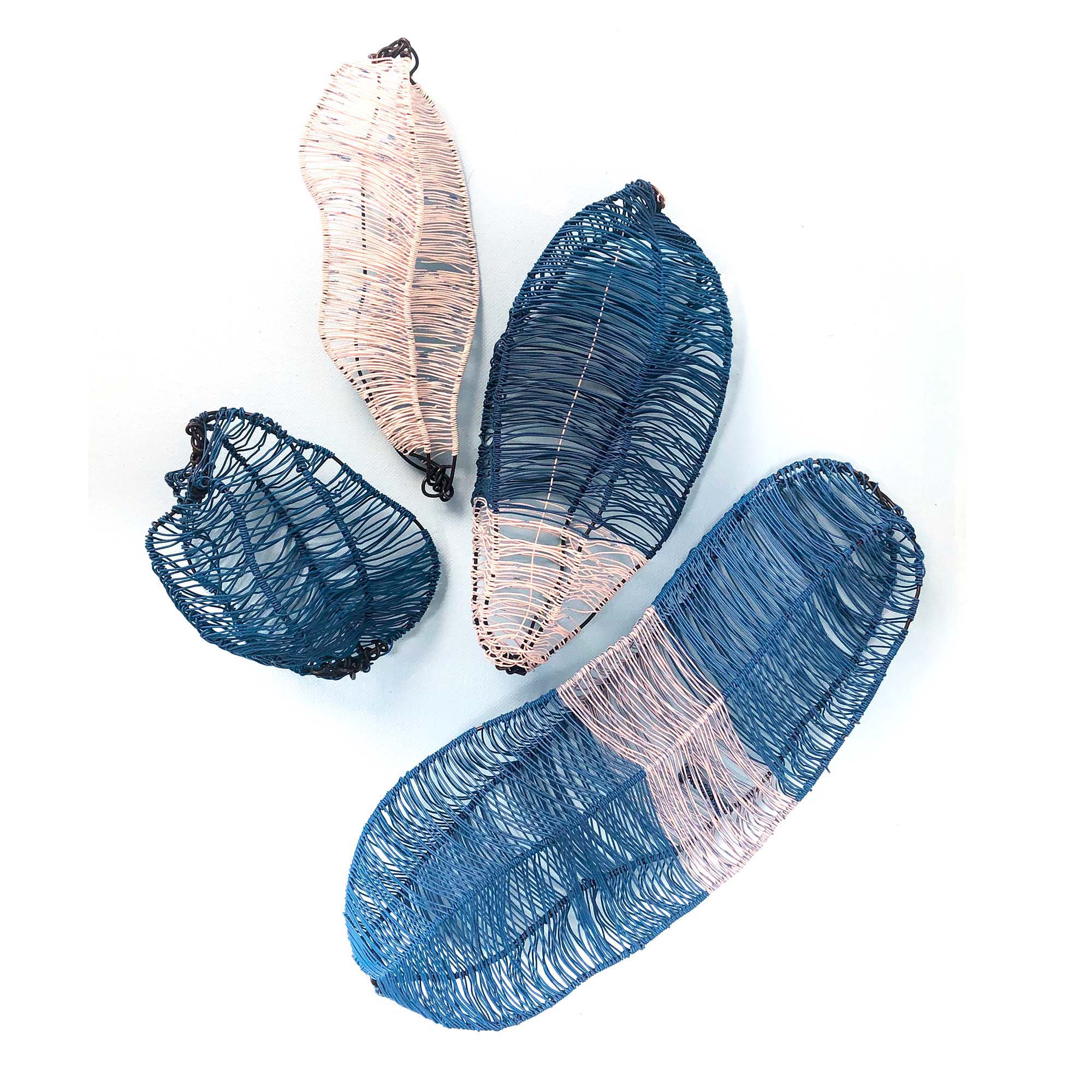
Bees’ ways of being in the world was something that has intrigued Lurch: how in their movement, they become invisible.
“I noticed that I couldn’t see them unless they were landed or dead,” she says. “I think their dynamic motion is a superpower. I couldn’t see them because of their movement, so I wanted to know how I could capture their movement, so people could see them as the wonderful creatures that they are.”
Accompanying her bees are often pollen grains, similarly constructed and exaggerated in size. The way Lurch plays with scale is an elegantly effective way to invite people to consider the role of bees differently. Pollen often appears in our lives as specks that flowers produce, but to see large-scale representations of the grains and the bees underscores the necessary pollination work that bees undertake.
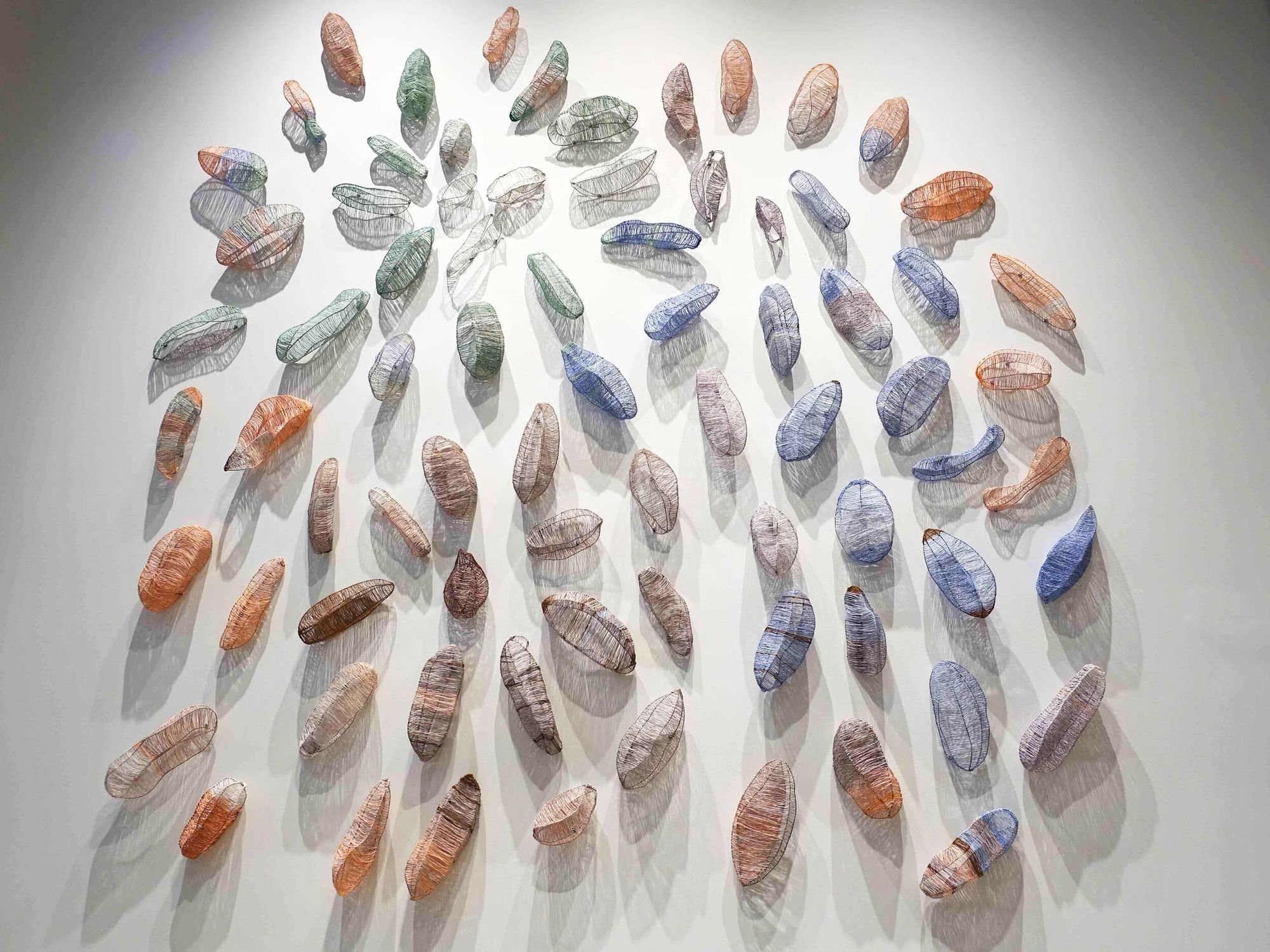
One of the prevalent environmental narratives of our time is the need to “save the bees.” Despite the huge number of bee species and the major threats facing wild bees, it’s domesticated honeybees – who create food harvested by humans – that get much of the attention. Lurch’s sculptures challenge some of our popular misconceptions about bees by showcasing their diversity and sparking conversations about human-bee relations. It’s sobering to think about what we might lose through simply not knowing enough about bees.
I ask her about the work of bees and their role in rewilding, and that turns into a conversation about language, power and control. “My work on the environment is centred on our relationships with our environment,” she says. “I think about plants and pollination and migration.”
“There’s a cognitive dissonance for me with rewilding,” Lurch continues. “What does rewilding mean, and who’s allowed to do it? Rewilding to me is coming back to an understanding of nature – taking the time to understand, to notice, to come back. Maybe by doing that we start to respect it more and make changes toward a relationship that could be more productive for things outside of ourselves.”
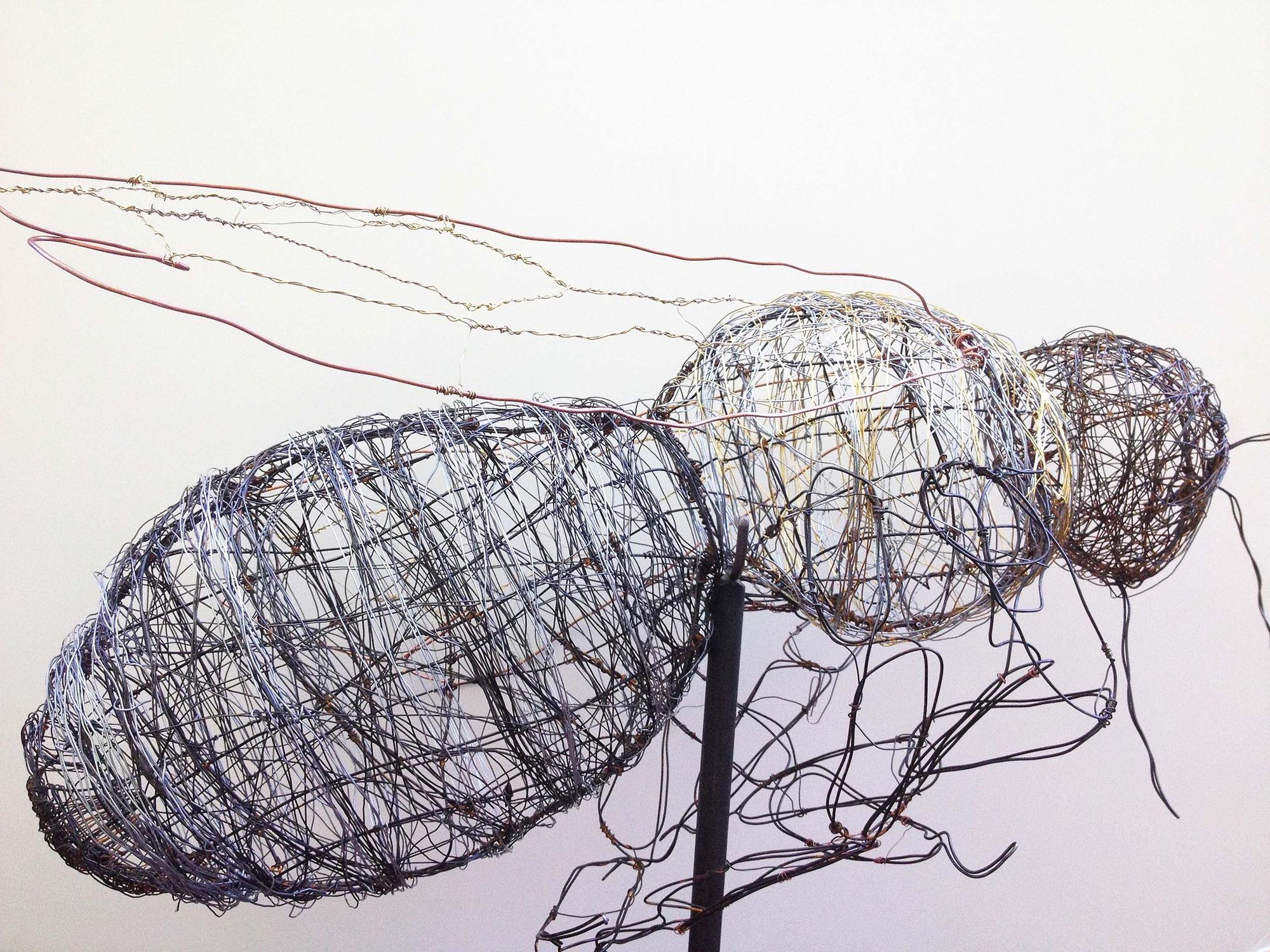
For Lurch, rewilding is a care practice. It can involve both active interventions and passive observation. It’s a movement away from an anthropocentric view of our environment, and to one where we finally understand that maybe, the less we try to bend a place to our will, the more we will benefit.
Attention is the starting point for rewilding, she points out.
“You first have to notice and understand before you can plant or build something. For me it’s coming back to understanding.”
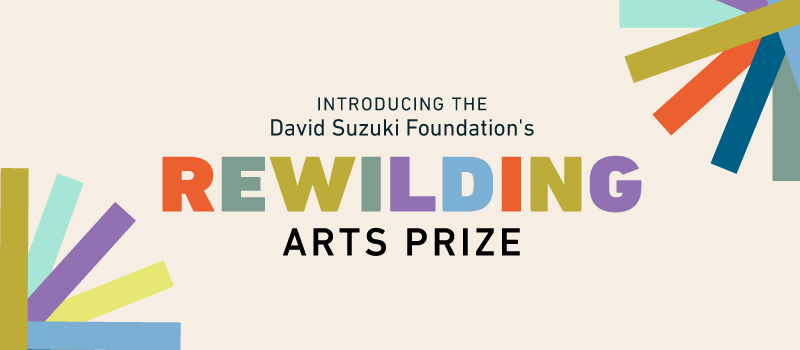
This article is part of a series on rewilding and the arts as part of the David Suzuki Foundation's inaugural Rewilding Arts Prize. Read more about the prize and the winners here:
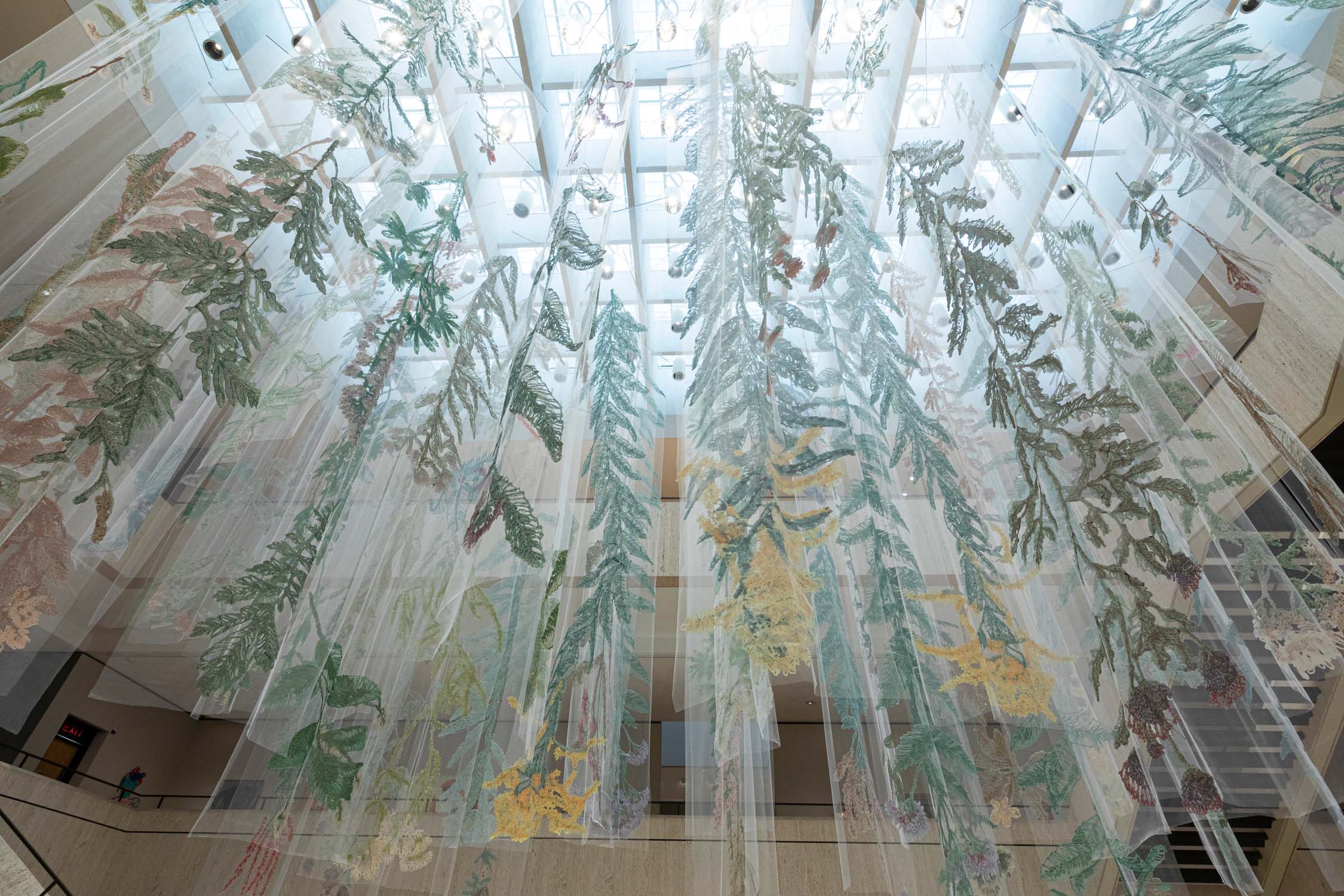





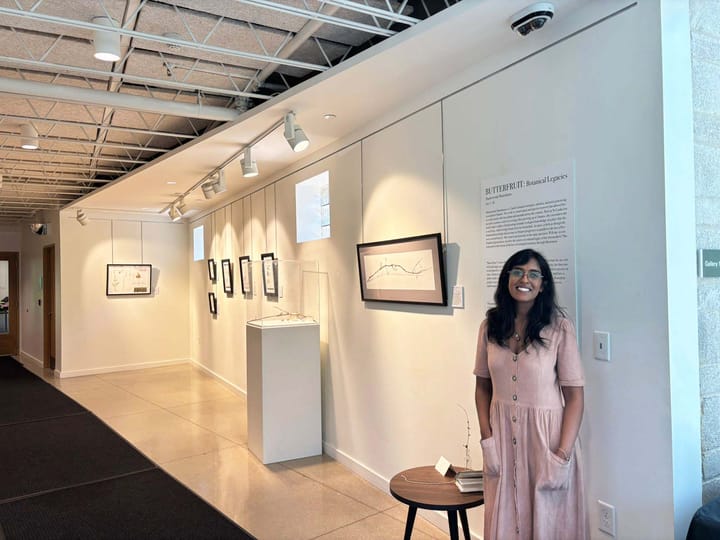
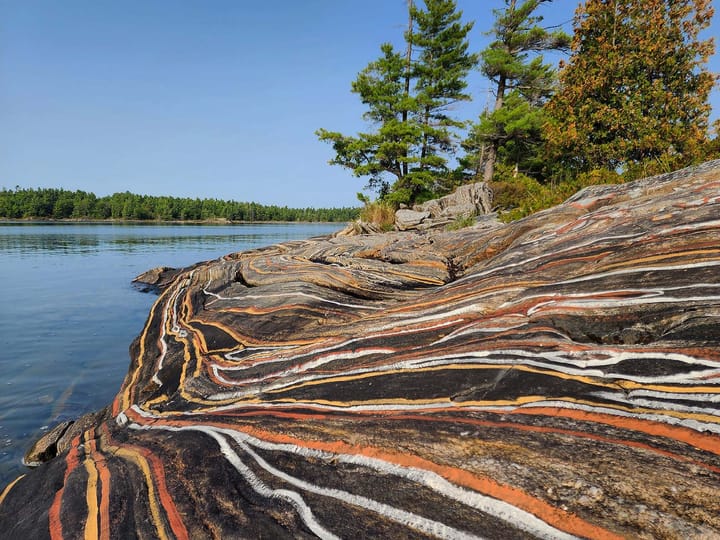



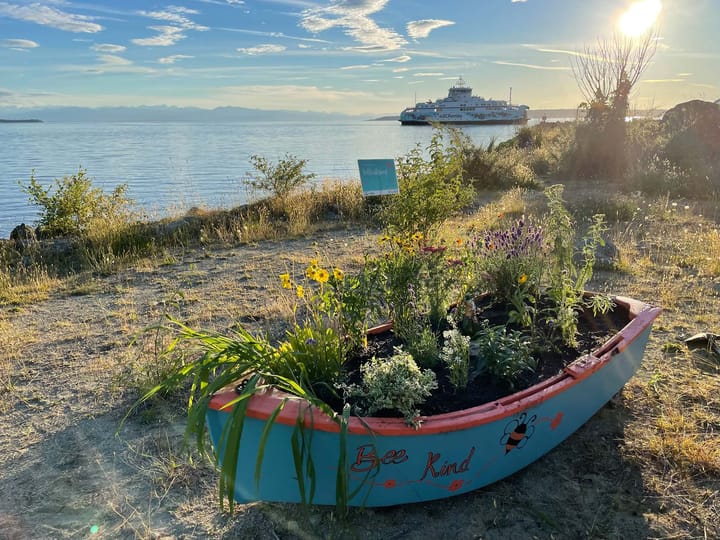


Comments ()